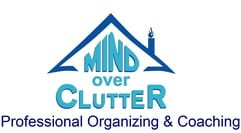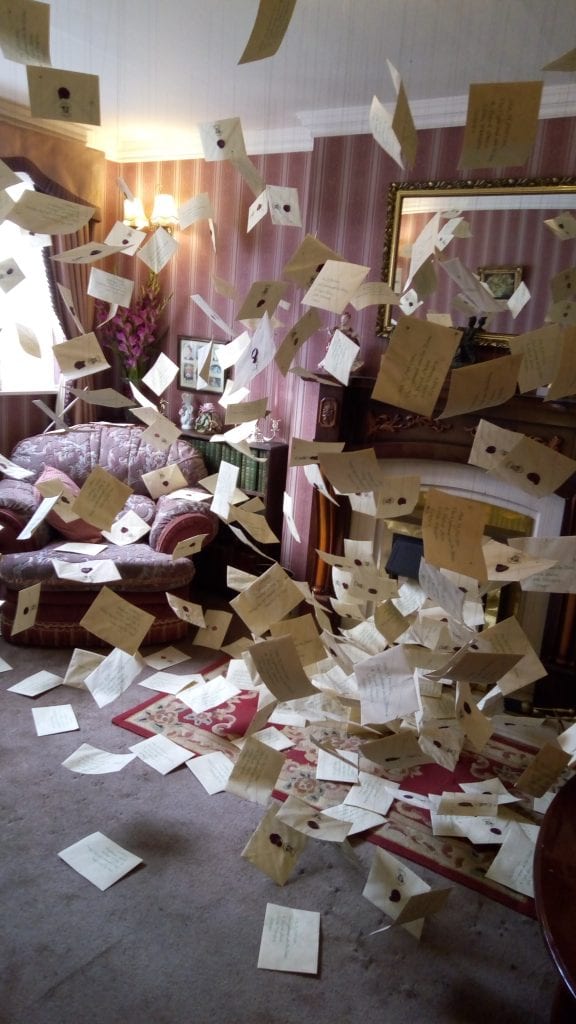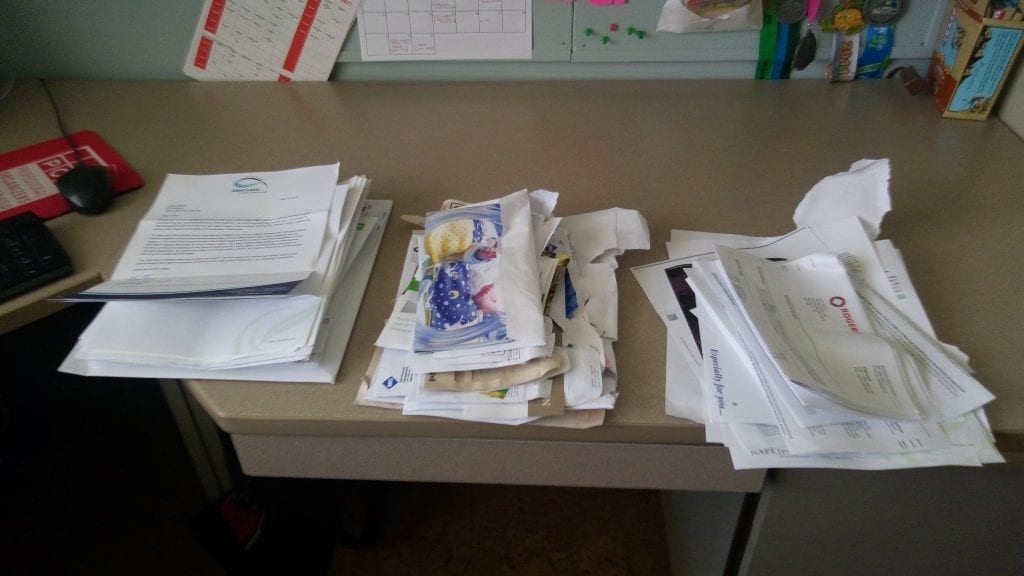7 Tips to Reduce Paper Clutter
We use 20% of the stuff we own. Keep the 20% of paper that is important and discard the other 80% . Share on X
1. Don’t allow paper to build up
- Handle paper daily, don`t let it grow into a pile
- Place all paper in one location, don’t let it travel all over the home
- Open mail and discard the envelop and advertising
- Schedule a time to file, make calls, pay bills etc
2. Make a decision on each paper the first time you touch it
- If it can be done in 60 seconds or less do it now, otherwise R.A.F.T it
- Set up 3 files, bins or trays and sort your paper into:
- R – read later
- A – action required
- F – file
- T – toss it / shred it now
3. Follow through on work
- Each time you pick a sheet of paper put a small dot on the top corner.
- Three dots or more means it is time to take action on that piece of paper.
- If you are procrastinating about what to do, it probably means you are not sure how to solve the problem in the paperwork. Ask for advice, designate it to someone else, research the issue or break it into smaller parts you can complete.
4. Be ruthless
- 80% of what is filed is never accessed again, so 80% or more of the paper you receive on a daily basis can be discarded
- Clear out your files once or twice a year
- Remove yourself from subscription lists
5. Think before you print
- File e-mails in a folder on the computer
- Print only the selection of the e-mail or webpage you need
6. Store inactive files in boxes indicating a destroy date
7. Follow retention guidelines
- Retain files as specified by your company or accountant
- Put inactive files in boxes and place them in storage indicating a destroy date on the box
- Clear out outdated files
For more great office organizing ideas read “Don’t Agonize Organize Your Office” by Diane A Hatcher
If you need help with your paper organizing book a complimentary discovery organizing session with me. Organizing Session
 Julie Stobbe is a Trained Professional Organizer and Lifestyle Organizing Coach who brings happiness to homes and organization to offices, coaching you virtually using Zoom. She enjoys working with her clients to provide customized organizing solutions to suit their individual needs and situations. She reduces clutter, streamlines processes and manages time to help her clients be more effective in reaching their goals. Julie can coach you to break-free of the physical or emotional clutter constraining you from living life on your terms. Online courses are available to help instruct, coach and support your organizing projects. Get started by downloading Tips for Reorganizing 9 Rooms.
Julie Stobbe is a Trained Professional Organizer and Lifestyle Organizing Coach who brings happiness to homes and organization to offices, coaching you virtually using Zoom. She enjoys working with her clients to provide customized organizing solutions to suit their individual needs and situations. She reduces clutter, streamlines processes and manages time to help her clients be more effective in reaching their goals. Julie can coach you to break-free of the physical or emotional clutter constraining you from living life on your terms. Online courses are available to help instruct, coach and support your organizing projects. Get started by downloading Tips for Reorganizing 9 Rooms.
Contact her at julie@mindoverclutter.ca
X – Facebook – Facebook group Organizing Mind and Space




I’m with Jamie. I really like the idea of putting a dot in the corner of a paper every time you review it. Great visual indicator that there’s some serious procrastinating going on when you reach 3 dots!
I so agree with all of this, especially about identifying the “why” of procrastinated paperwork… it commonly is a lack of knowledge about how to proceed. Getting underneath the problem is the best way to figure out what needs to be done to get the ball rolling. My husband and I just sorted a box of old paperwork this weekend and it felt great. I’d say we kept about 5% of it. Now I have a bit of shredding ahead of me this week:)
Once I understood that procrastination was commonly due to lack of knowledge about how to proceed it made my life so much easier. Now I stop and figure out what it is I don’t know and find the answer.
Great advice for dealing with paper! I like the R.A.F.T. process for quickly sorting paper. Your suggestion of putting a dot in the top corner each time you touch a piece of paper is a wonderful way to promote follow-through, and let you see where you’re procrastinating. Thank you for these tips!
I like the system R.A.F.T. for people drowning in paperwork. It always makes me smile.
I love the idea of writing the “destroy date” on the box. Thanks for sharing these tips!
The destroy date is obvious when you are packing the box but when you look back at the paper later it seems less obvious. It makes it faster and easier later on to get rid of the box. You’re welcome for the tips
I used to have a “filing” tray on my desk, but even when I was diligent about keeping it caught up, there were items that didn’t seem to belong anywhere, so I left them in the tray. Every time I’d do my filing, I’d look at them again.
Eventually I got rid of the tray, forcing myself to deal with everything right away. (Confession: I do have a “Current” and a “Pending” file on my desk where I tuck these things. They still sit there, but at least I’m not picking them up over and over again!)
A filing tray doesn’t work for me. I do it right away because I dislike the task. If the pile gets too big then I don’t want to start. I have a tray with those hard to file items too. I look at them every now and then. After a while they are no longer important.
I often use the 20/80 rule (Pareto’s principle) with clients and apply it to papers, clothing, and more. However, I’ve yet to see someone actually release the 80% that they rarely use. I love the boldness of that statement. Most of my clients will let go of a part of that 80% but not all of it.
I agree that the 80% number is a stumbling block. I like suggesting it so when we settle on 50% it seems easy.
Not only do I love that you are embracing the Pareto Principle when it comes to paper, but your idea of giving yourself three chance (three dots) acknowledges the importance of sometimes letting things simmer so you can reflect. I’ve always believed the OHIO rule was far too stringent, because you’re not always in the right brain space to make a decision. Three strikes is a much more palatable approach!
I like the analogy of 3 strikes, then it is out ( recycled, shredded)
Really needed this reminder Julie. Think I’ve learned it all from you working with me and your presentations then I read one of your posts and learn even more. Thank YOU ❣️
This time of year when income tax receipts arrive it is important to open and file paperwork. It also is a time when it is easy to get overwhelmed getting ready to file income tax. Having a systems helps to keep it under control, take less time and take less energy allowing you to do the things you like doing better.